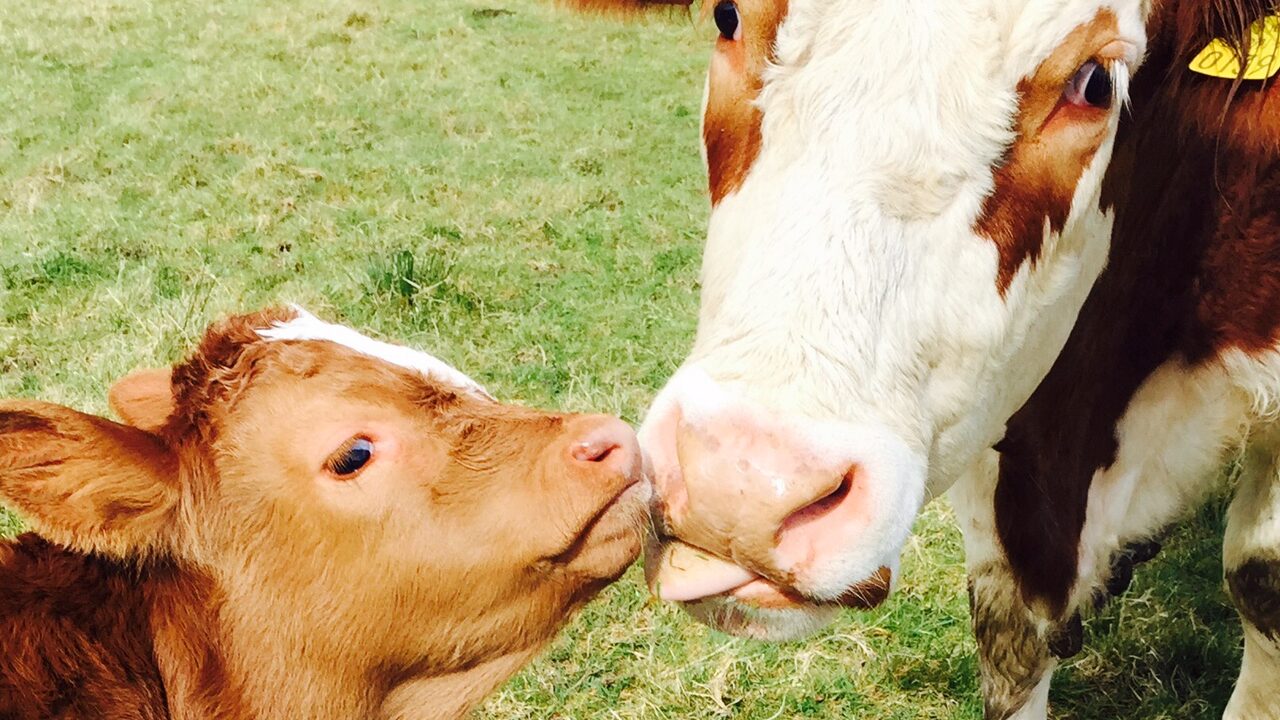The Department of Agriculture, Food and the Marine (DAFM) has partnered with Axa and Agriland Media Group for an innovative campaign to promote greater awareness of farm safety.
In this, the first of instalment of this digital-only, farm-safety campaign, we highlight the dangers associated with livestock, especially at this time of year, at the height of the calving season.
Not only that, but such incidents are also responsible for the greatest number of non-fatal accidents – 25%.
Incidents involving livestock are responsible for the second-highest number of farm fatalities annually – 20% – according to the Health and Safety Authority (HSA).
According to recent data from the HSA, of the 197 farm-related fatalities in the last decade, 38 involved livestock.
Twelve of these fatalities – 32% – involved attacks by cows with calves; nine involved the victim being knocked over by cattle without aggression; and six involved bull attacks.
In 2021 alone, working with cattle accounted for three farm fatalities.
While these statistics might be surprising to some, any dairy farmer, in particular, knows that even the quietest cow’s temperament can change during the calving period.
With a natural instinct to protect their newborn, and the presence of a human, or dog, viewed as a threat, it is not surprising that cows are involved in a high number of fatal farm incidents.
Creating a safe environment for all
But it is impossible to avoid the cows during calving season. So, when you have no choice, then your housing facilities, gates, and available technology are essential components of your farm-safety arsenal.
Top tips on ways to stay safe during this busy period:
- Ensure that you have sufficient calving pens available for your herd size and calving pattern;
- Ensure that gates and shed doors are secure and in good-working order;
- A head-locking gate and calving gate are extremely useful pieces of equipment to have in the calving shed for those times when you need to deal with a freshly calved cow, or a newborn calf;
Barrier
Always ensure that you have a physical barrier between yourself and a freshly calved cow, particularly when treating a calf.
- If there are lose bolts or hinges on gates or doors, replace and repair before the calving season, so you do not have to worry about finding the time to do so when that time is so limited;
- Always have an escape route planned and rehearsed;
- Check all the lighting in the calving shed before the season commences, replace spent bulbs, and clean light shades;
- Keep calving units clean and lay fresh bedding as required, and ensure that the area is well ventilated – this all contributes to animals feeling comfortable and more relaxed;
- Calving pens are magnets for young children who want nothing more than to see the new arrivals each spring. But children can be seen as a threat by a freshly calved cow, so always ensure that children are kept out of the calving shed. Dogs should also be excluded as they can very quickly spook a cow;
Technology
Calving cameras and other electronic devices are worthy investments! They can allow you to review the status of cows and calves from the comfort, and safety, of your home – or bed. With fatigue common during this time of year, technology can help you to get a quality night’s sleep, thus preventing impaired judgement and potential mishap.
- Carry your phone at all times and keep it in a secure pocket, especially at night if you have to check on the cows. Let a family member know that you are heading out, and how long you think you will be;
- Assess and decide – always risk asses and gauge how safe or dangerous the situation is before you become a casualty of it.
- Be particularly careful when working around pet cows that have recently calved, they will see you as lower ranking and have no hesitation in giving you a puck if you are handling their calf.
If you are considering constructing or upgrading your calving facilities, you can check out the specifications on the DAFM’s website.
Calving pens, calving gates, yard lights, and rewiring of sheds are included in the Targeted Agricultural Modernisation Scheme (TAMS) II, and you can find all the details here.
This farm-safety campaign will involve year-round messaging across Agriland‘s platforms.
For top tips to stay safe during calving, click here.

